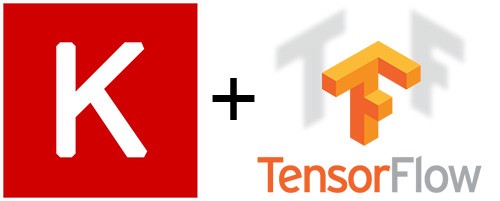How to split train and test datasets in a Deep Leaning Model in Keras

When training a deep learning model, it’s important to evaluate its performance on unseen data, to make sure it generalizes well to new examples. To do this, you need to split your data into a training set, which is used to train the model, and a test set, which is used to evaluate the model’s performance.
In Keras, you can use the train_test_split function from the sklearn library to split your data into a training set and a test set. This function takes several arguments, such as the input data, output labels, and a test_size value, which is the percentage of data that should be allocated to the test set. The remaining data will be allocated to the training set.
The train_test_split function also accepts a random_state argument, which is an integer value that is used to seed the random number generator. By setting the random_state, the function will always generate the same split, even if it is run multiple times.
Once the data is split, you can use the training set to train your model and the test set to evaluate its performance. When evaluating the model’s performance, you should use metrics such as accuracy, precision, recall or f1-score. These metrics are calculated based on the model’s predictions on the test set, and they give you an idea of how well the model is performing on unseen data.
It’s important to note that you should use different datasets for validation and testing. The validation dataset is used to select the best performing model among different models that have been trained with different hyperparameters or architectures, while the test set is used to evaluate the performance of the final selected model.
In summary, to split train and test datasets in a deep learning model in Keras, you need to import the sklearn library, use the train_test_split function, which takes the input data, output labels, and test_size value, and random_state as arguments. It splits the data into training and test sets. Once the data is split, you can use the training set to train your model and the test set to evaluate its performance using metrics such as accuracy, precision, recall or f1-score. It is important to use different datasets for validation and testing.
In this Applied Machine Learning & Data Science Recipe (Jupyter Notebook), the reader will find the practical use of applied machine learning and data science in Python programming: How to split train and test datasets in a Deep Leaning Model in Keras.
Latest end-to-end Learn by Coding Recipes in Project-Based Learning:
All Notebooks in One Bundle: Data Science Recipes and Examples in Python & R.
End-to-End Python Machine Learning Recipes & Examples.
End-to-End R Machine Learning Recipes & Examples.
Applied Statistics with R for Beginners and Business Professionals
Data Science and Machine Learning Projects in Python: Tabular Data Analytics
Data Science and Machine Learning Projects in R: Tabular Data Analytics
Python Machine Learning & Data Science Recipes: Learn by Coding
R Machine Learning & Data Science Recipes: Learn by Coding
Comparing Different Machine Learning Algorithms in Python for Classification (FREE)
Introduction to Applied Machine Learning & Data Science for Beginners, Business Analysts, Students, Researchers and Freelancers with Python & R Codes @ Western Australian Center for Applied Machine Learning & Data Science (WACAMLDS) !!!
Subscribe SETScholars on YouTube.
Support SETScholars for Free End-to-End Applied Machine Learning and Data Science Projects & Recipes by becoming a member of WA Center For Applied Machine Learning and Data Science (WACAMLDS). Membership fee only $1.75 per month (on annual plan) and you will get access to 425+ end-to-end Python & R Projects.
Western Australian Center for Applied Machine Learning & Data Science – Membership
How to add a dropout layer to a Deep Learning Model in Keras
How to setup Early Stopping in a Deep Learning Model in Keras